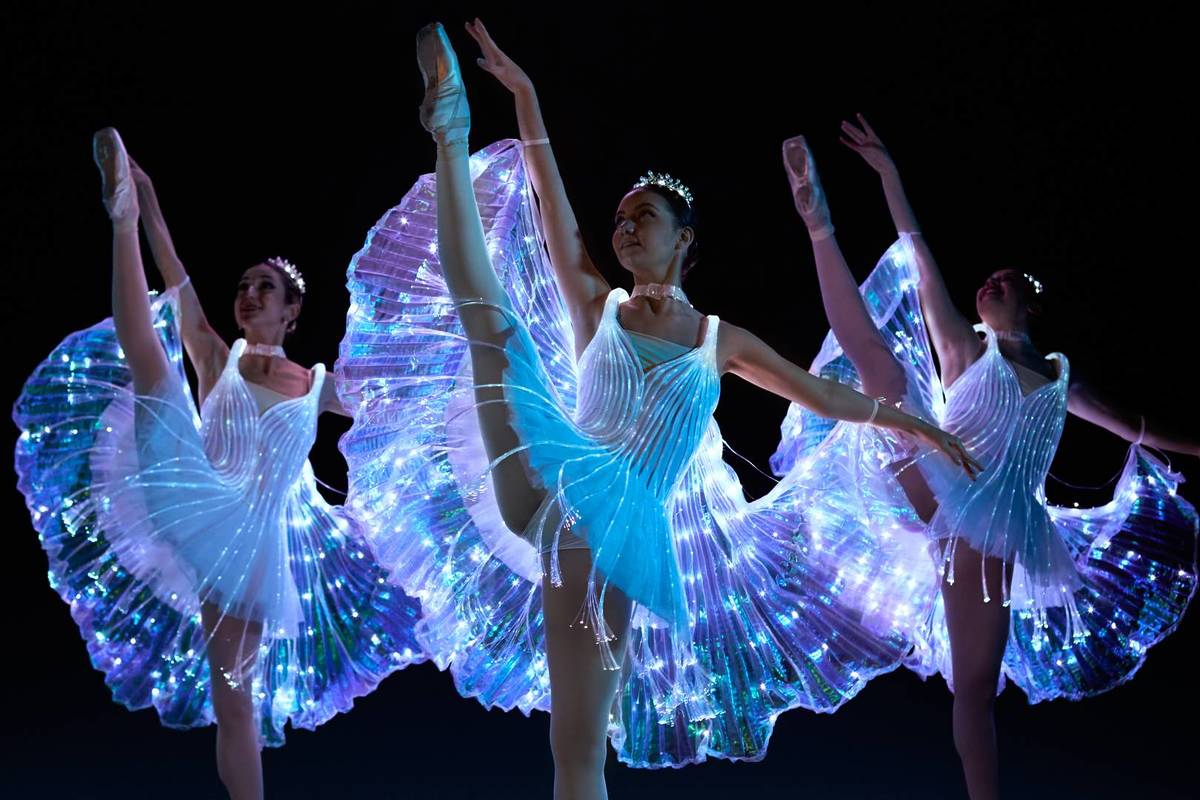Ballet is conversation without words. But what if you don’t speak this language? The secret isn’t in knowing positions and terms. The secret is in learning to read between the movements.
Forget about “Swan Lake.” Yes, this advice sounds sacrilegious! But start with Forsythe or Balanchine. Their abstract ballets will teach you to see movement as pure emotion, not theatrical story. Cunningham’s “Squaregame” has no plot—there’s only the mathematics of the human body. And this is beautiful.
Imagine: a dancer freezes in arabesque. Seems like a second. Actually—eternity. In this position lives the entire history of her character. Look not at the leg, but at the space around it. The air dances too!
Books teach you to see the invisible. Reading “Anna Karenina,” you follow the characters’ internal monologues. In ballet, internal monologue consists of micro-movements: trembling fingers, barely noticeable head tilt, breathing that changes the line of the torso. Detective stories develop attention to detail—in ballet, every gesture is a clue.
Here’s the paradox: to understand Pina Bausch’s contemporary ballet, it’s helpful to read… comics! Yes, exactly comics. They teach you to perceive information frame by frame, understand how static poses tell a dynamic story. “Batman” and “Café Müller” work on the same principle.
Listen to the silence between music. Ballet has the phenomenon of “dead point”—the moment in a jump when the dancer hangs in the air, having conquered gravity. This is magic! But even more magical are the pauses between movements. There lives the real meaning.
Critics claim: “Ballet is outdated art, a museum of beautiful poses!” Not true. Watch a three-year-old child trying to repeat a ballerina’s movements on television. They don’t think about technique—they feel the joy of flight. Adults have forgotten how to fly, bogged down in analysis.
Read aloud—this is training for ballet vision. When you change intonation, speed, volume, you create a rhythmic pattern. The dancer does the same: speeds up, slows down, explodes with emotion or dissolves in lyricism. “Little Red Riding Hood” in your performance is a choreography lesson for a little one.
Strange fact: children who are read to from birth better understand spatial relationships. The brain learns to see connections between elements—words on a page, characters in a story. These same skills are needed for understanding ballet composition, where bodies create geometry of meanings.
Don’t try to understand the plot. Even in “Sleeping Beauty” with its clear fairy-tale foundation, something greater is happening. Ballet is architecture of time. Petipa built his ballets like cathedrals: every movement is a stone in a grandiose building. Sometimes it’s enough just to be inside this cathedral.
Close your eyes for a minute during the performance. Yes, exactly close them! Listen to how movement sounds: the rustle of tutus, the tap of pointe shoes, the breathing of the corps de ballet. Ballet can be heard. And then open your eyes—and see the dance anew.
Pay attention to the hands. Legs in ballet are technique. Arms are soul. Classical ballet has the concept of “port de bras”—arm movements. But true masters speak with their hands what cannot be expressed in words. Watch the wrists—there lives the character’s personality.
Another secret: the best ballet lovers are former children who were read to a lot. Why? Books develop the ability to create internal images, to see what isn’t on the page. This same ability is needed in ballet—to see emotions in abstract movements, to feel drama in the geometry of poses.
Modern neuropsychologists have discovered: reading aloud activates the same brain areas responsible for movement perception. Reading a fairy tale about a princess to a child, you’re preparing them to understand “Giselle.” Every intonation, every pause in your reading is a choreography lesson.
Ballet is the art of a moment that lasts forever. And eternity is best understood through stories. Read to children every day. Read with expression, with pauses, with dance in your voice. Because every fairy tale is a little ballet, where words dance on pages, and a child’s imagination learns to see beauty in movement. And who knows—perhaps it’s thanks to “Thumbelina,” read in mother’s voice, that your child will one day see in ballet that magic hidden from inattentive eyes.



